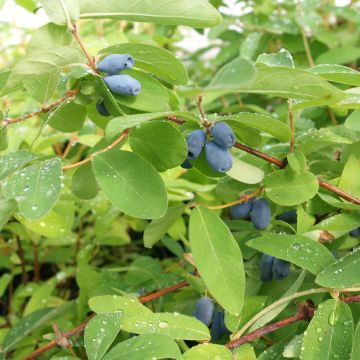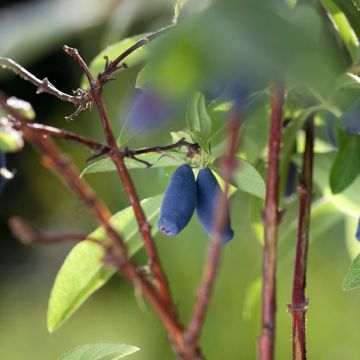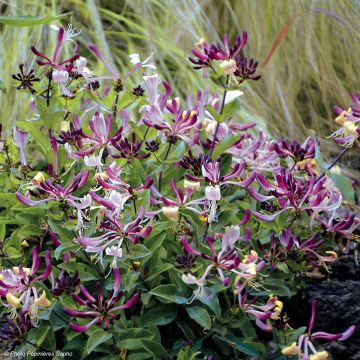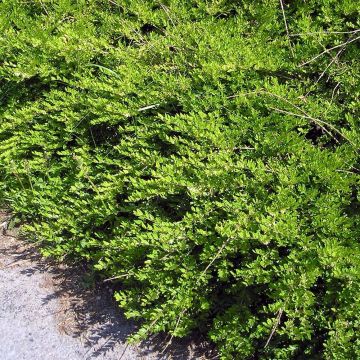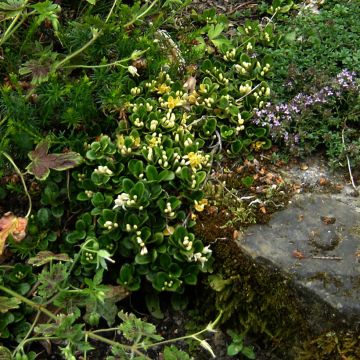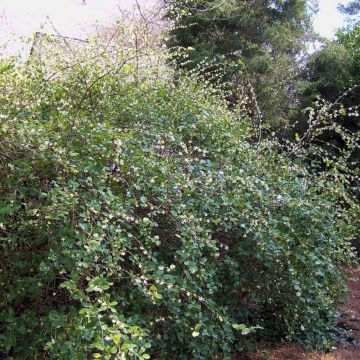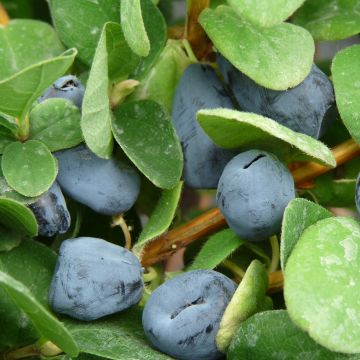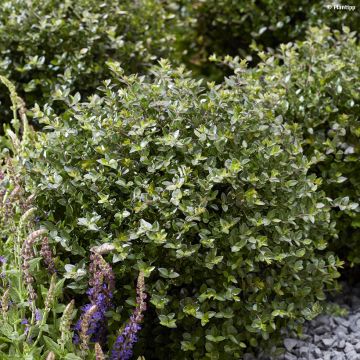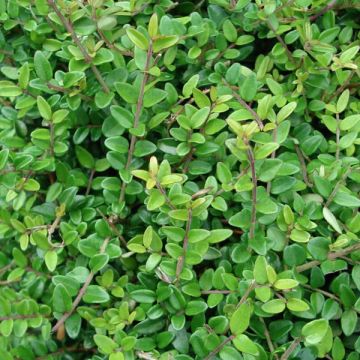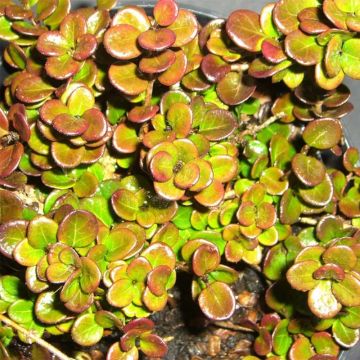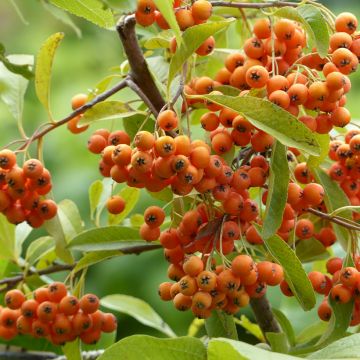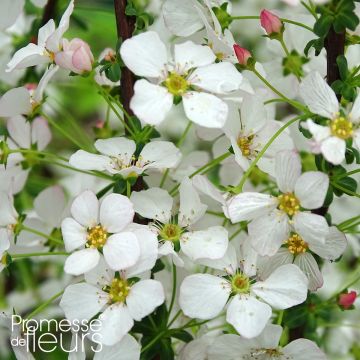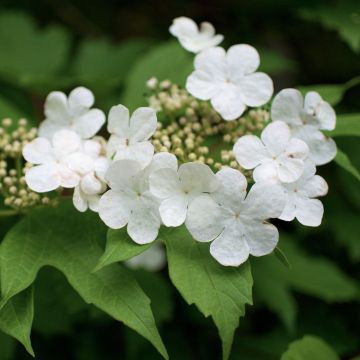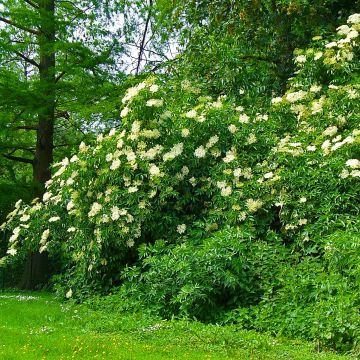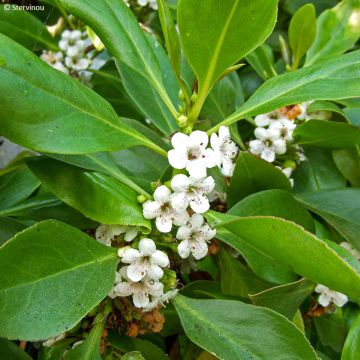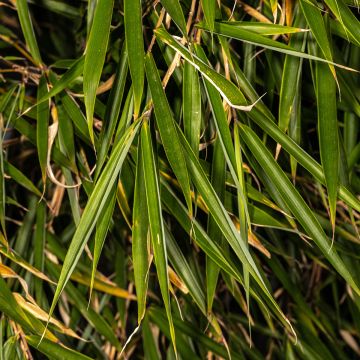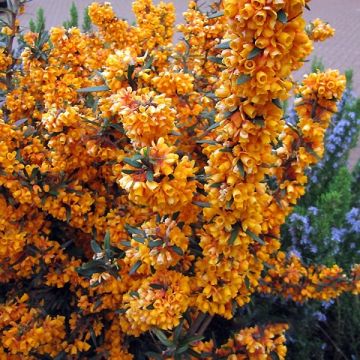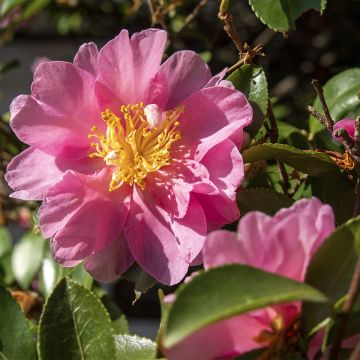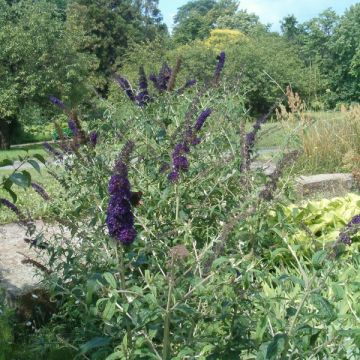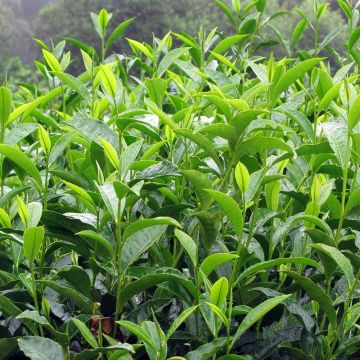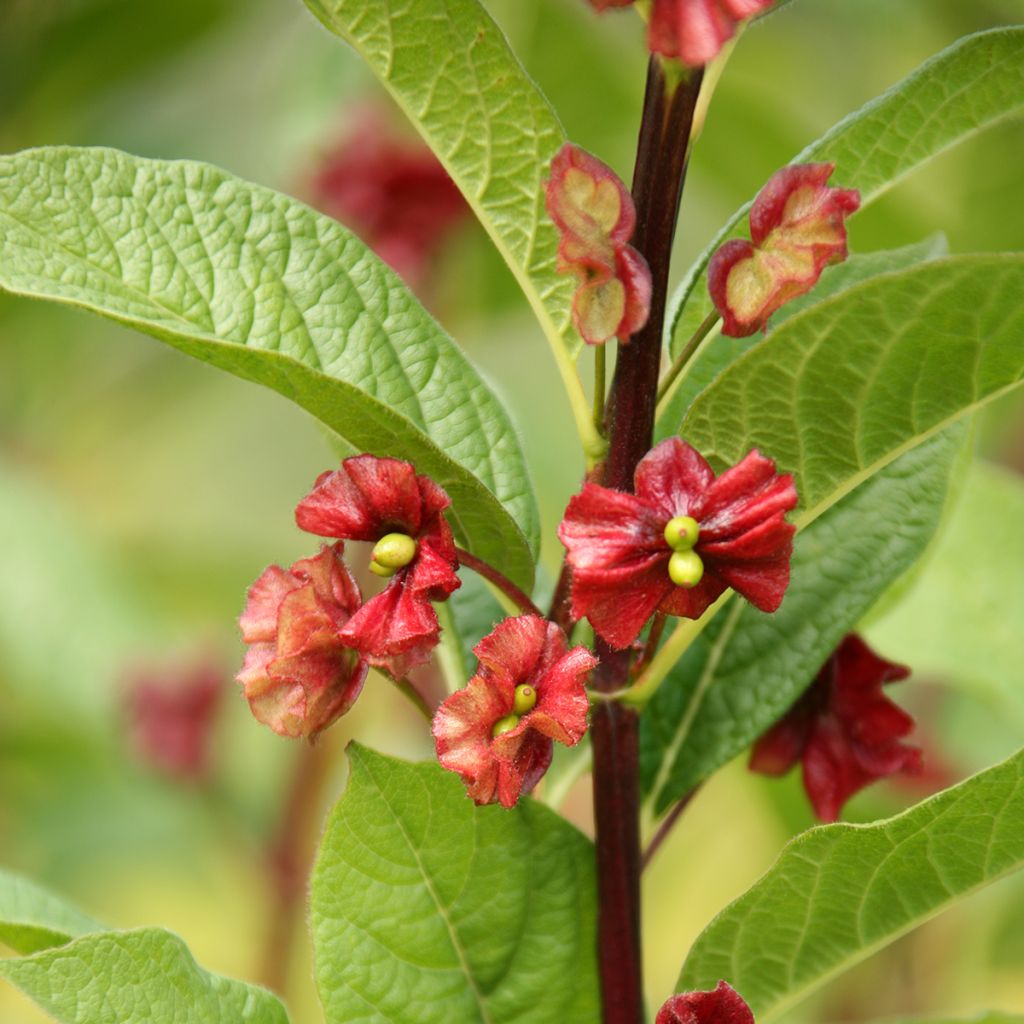

Lonicera involucrata var. ledebourii
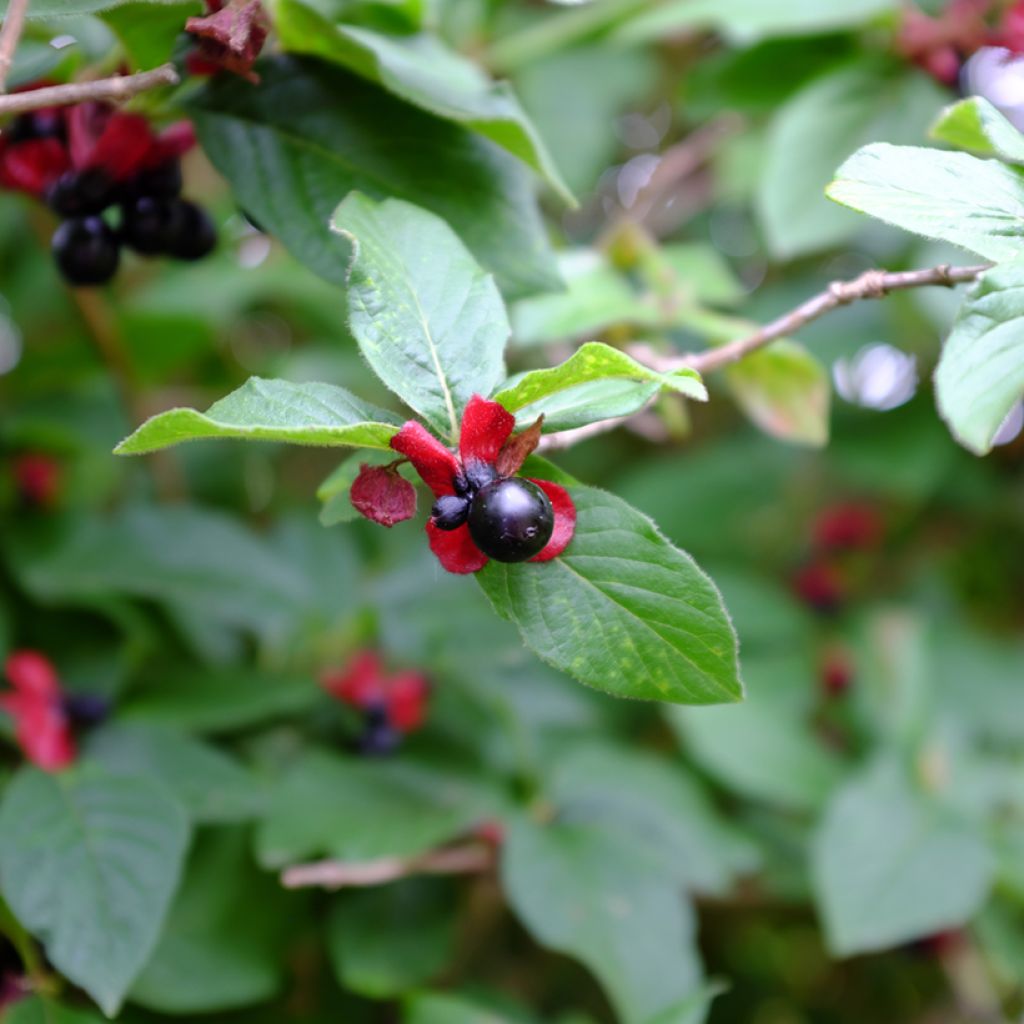

Lonicera involucrata var. ledebourii
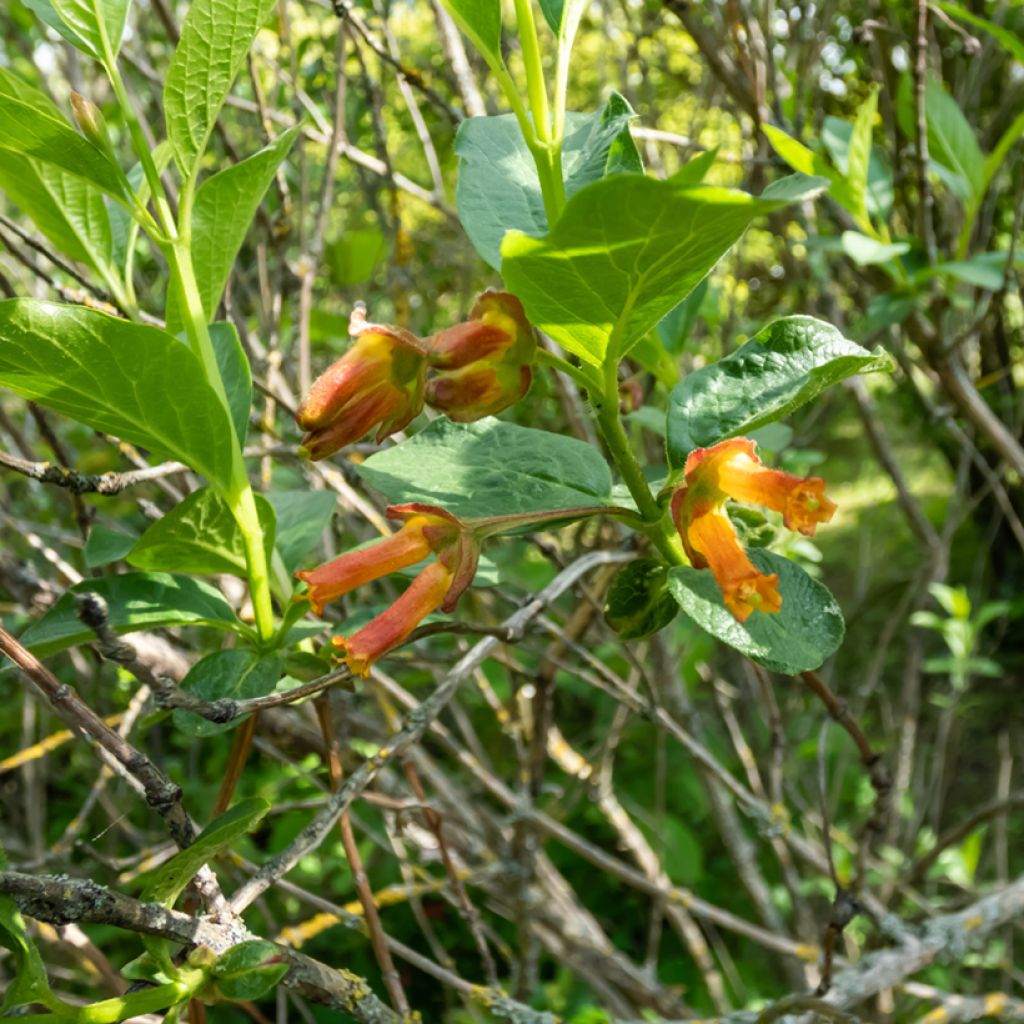

Lonicera involucrata var. ledebourii
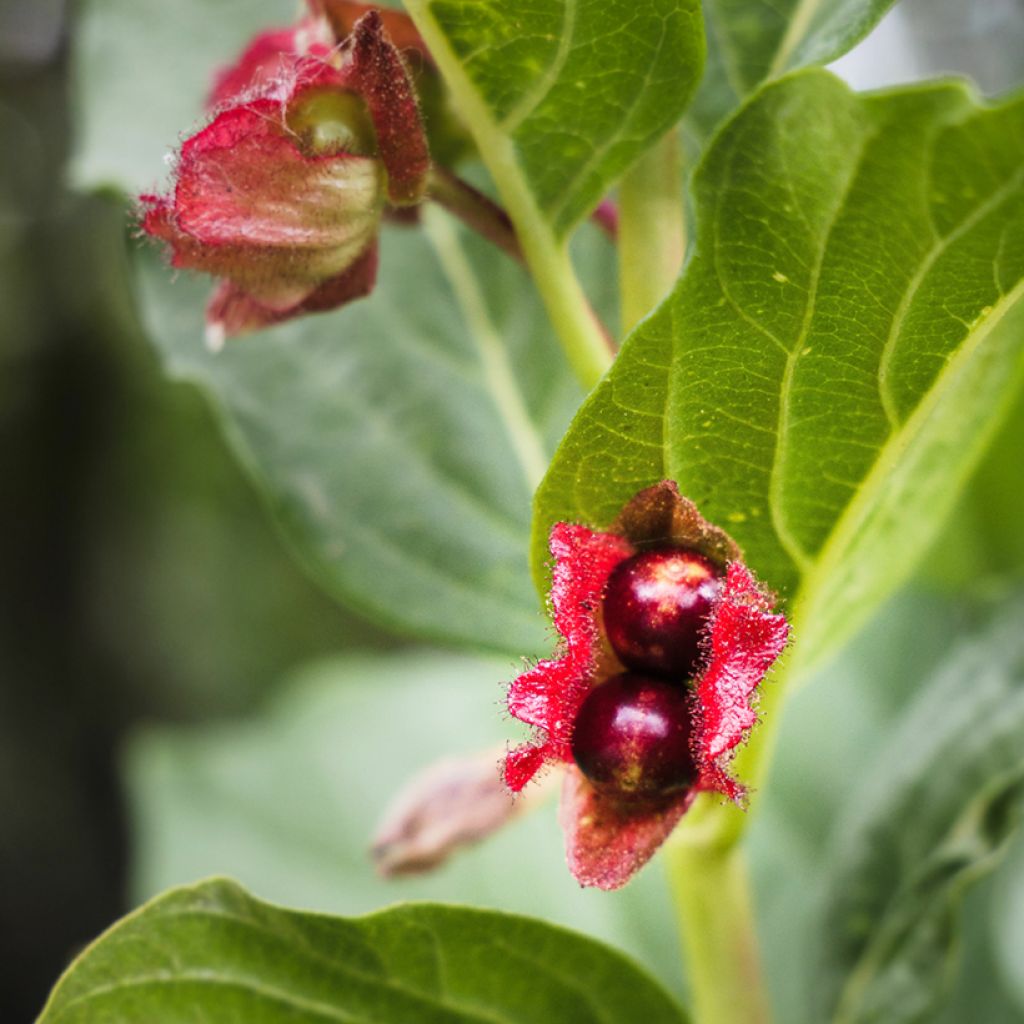

Lonicera involucrata var. ledebourii
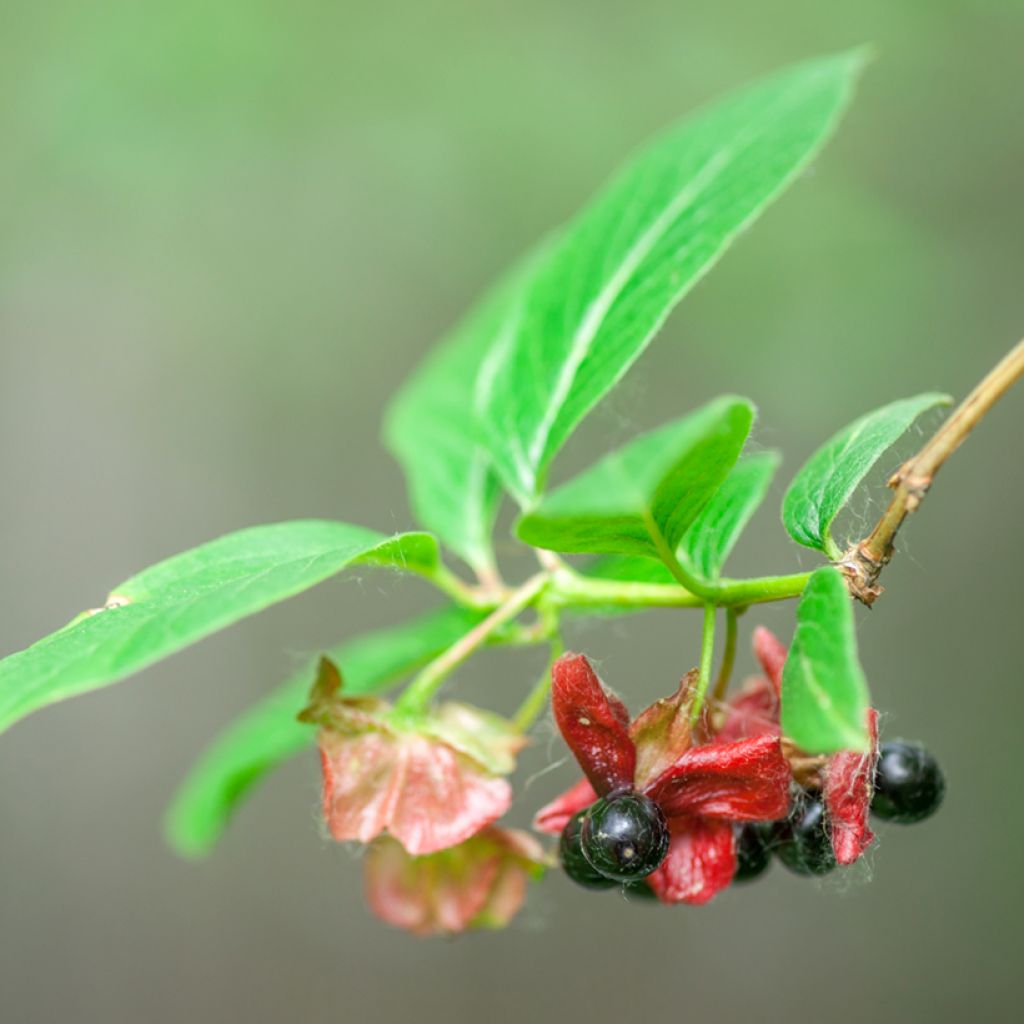

Lonicera involucrata var. ledebourii
Lonicera involucrata var. ledebourii
Lonicera involucrata var. ledebourii
This item cannot be shipped to the selected country
Delivery charge from €5.90
Delivery to Corse prohibited
More information
Schedule delivery date,
and select date in basket
This plant carries a 24 months recovery warranty
More information
We guarantee the quality of our plants for a full growing cycle, and will replace at our expense any plant that fails to recover under normal climatic and planting conditions.
From €5.90 for pickup delivery and €6.90 for home delivery
Express home delivery from €8.90.
Delivery to Corse prohibited: UE law prohibits the import of this plant from mainland France to Corse as part of the fight against Xylella fastidiosa. Please accept our sincere apologies.
More information
Does this plant fit my garden?
Set up your Plantfit profile →
Description
The Ledebour Honeysuckle is also known as Involucre Honeysuckle because it has floral bracts forming a decorative collar, or California Honeysuckle due to its origins. It is a vigorous deciduous shrub that is little known to gardeners, very colourful from spring to autumn, robust, hardy down to -15 °C, and easy to grow. Plant it in a loose hedge or a shrub border.
Lonicera incolucrata var. ledebourii belongs to the Caprifoliaceae family, like all shrubby honeysuckles. It is a shrub native to North America, particularly from western California and Oregon. The name of this variety, ledebourii, is dedicated to Friedrich von Ledebour, a German botanist (1785-1851). This shrub shows fairly rapid growth and a densely bushy habit from its base. Ultimately, it reaches between 2 and 3 m in all directions, depending on the growing conditions. It tolerates pruning well, which helps promote branching. Its branches bear fairly dark green foliage with a glossy finish, turning yellow before falling in autumn. Its leaves, opposite on the branches, are quite thick, oval-shaped, and measure 8 to 10 cm long. Flowering occurs from April to June, and may be earlier or later depending on the climate. In the axils of the leaves, numerous small tubular, 2 cm in flowers appear, yellow washed with orange, hanging from a rather long petiole. They are grouped in pairs and emerge from 2 slightly hairy, greenish to reddish bracts. After pollination by insects, the flowers transform into small ovoid, 7 mm long berries, which turn black and shiny when ripe, in late summer. At this time of year, the bracts have taken on an intense red colour, forming a beautiful contrast with the black berries. Some birds feed on this fruit.
Plant Lonicera involucrata var. ledebourii in any loose, moist to dry soil, even limestone. This shrub will easily find a place in a loose hedge or a shrub border, in the garden of an enthusiast for unusual but easy-to-grow plants. Birds are fond of its berries and find refuge in its branches. You can associate it with buddleias in various colours, other shrubby honeysuckles, Weigelas, Mock Oranges, Deutzias, Forsythias, or Kolkwitzia, and many other shrubs for a countryside hedge.
Report an error about the product description
Plant habit
Flowering
Foliage
Botanical data
Lonicera
involucrata var. ledebourii
Caprifoliaceae
North America
Other Honeysuckle
Planting and care
Plant Lonicera involucrata var. ledebourii in well-tilled garden soil, moist to dry in summer, slightly acidic, neutral, or slightly alkaline. This bush does not like excessive limestone or excessively clayey, sticky, and heavy soils. A mixture of garden soil and potting compost will be perfect. It will thrive in partial shade or full sun, but flowering will be more abundant in full sun. Pruning is not necessary, except to remove dead wood or correct a slightly sparse habit. In that case, intervene after flowering, as it will not harm the health of the plant. The bush is sometimes prone to aphid attacks.
Planting period
Intended location
Care
This item has not been reviewed yet - be the first to leave a review about it.
Hedge shrubs
Haven't found what you were looking for?
Hardiness is the lowest winter temperature a plant can endure without suffering serious damage or even dying. However, hardiness is affected by location (a sheltered area, such as a patio), protection (winter cover) and soil type (hardiness is improved by well-drained soil).

Photo Sharing Terms & Conditions
In order to encourage gardeners to interact and share their experiences, Promesse de fleurs offers various media enabling content to be uploaded onto its Site - in particular via the ‘Photo sharing’ module.
The User agrees to refrain from:
- Posting any content that is illegal, prejudicial, insulting, racist, inciteful to hatred, revisionist, contrary to public decency, that infringes on privacy or on the privacy rights of third parties, in particular the publicity rights of persons and goods, intellectual property rights, or the right to privacy.
- Submitting content on behalf of a third party;
- Impersonate the identity of a third party and/or publish any personal information about a third party;
In general, the User undertakes to refrain from any unethical behaviour.
All Content (in particular text, comments, files, images, photos, videos, creative works, etc.), which may be subject to property or intellectual property rights, image or other private rights, shall remain the property of the User, subject to the limited rights granted by the terms of the licence granted by Promesse de fleurs as stated below. Users are at liberty to publish or not to publish such Content on the Site, notably via the ‘Photo Sharing’ facility, and accept that this Content shall be made public and freely accessible, notably on the Internet.
Users further acknowledge, undertake to have ,and guarantee that they hold all necessary rights and permissions to publish such material on the Site, in particular with regard to the legislation in force pertaining to any privacy, property, intellectual property, image, or contractual rights, or rights of any other nature. By publishing such Content on the Site, Users acknowledge accepting full liability as publishers of the Content within the meaning of the law, and grant Promesse de fleurs, free of charge, an inclusive, worldwide licence for the said Content for the entire duration of its publication, including all reproduction, representation, up/downloading, displaying, performing, transmission, and storage rights.
Users also grant permission for their name to be linked to the Content and accept that this link may not always be made available.
By engaging in posting material, Users consent to their Content becoming automatically accessible on the Internet, in particular on other sites and/or blogs and/or web pages of the Promesse de fleurs site, including in particular social pages and the Promesse de fleurs catalogue.
Users may secure the removal of entrusted content free of charge by issuing a simple request via our contact form.
The flowering period indicated on our website applies to countries and regions located in USDA zone 8 (France, the United Kingdom, Ireland, the Netherlands, etc.)
It will vary according to where you live:
- In zones 9 to 10 (Italy, Spain, Greece, etc.), flowering will occur about 2 to 4 weeks earlier.
- In zones 6 to 7 (Germany, Poland, Slovenia, and lower mountainous regions), flowering will be delayed by 2 to 3 weeks.
- In zone 5 (Central Europe, Scandinavia), blooming will be delayed by 3 to 5 weeks.
In temperate climates, pruning of spring-flowering shrubs (forsythia, spireas, etc.) should be done just after flowering.
Pruning of summer-flowering shrubs (Indian Lilac, Perovskia, etc.) can be done in winter or spring.
In cold regions as well as with frost-sensitive plants, avoid pruning too early when severe frosts may still occur.
The planting period indicated on our website applies to countries and regions located in USDA zone 8 (France, United Kingdom, Ireland, Netherlands).
It will vary according to where you live:
- In Mediterranean zones (Marseille, Madrid, Milan, etc.), autumn and winter are the best planting periods.
- In continental zones (Strasbourg, Munich, Vienna, etc.), delay planting by 2 to 3 weeks in spring and bring it forward by 2 to 4 weeks in autumn.
- In mountainous regions (the Alps, Pyrenees, Carpathians, etc.), it is best to plant in late spring (May-June) or late summer (August-September).
The harvesting period indicated on our website applies to countries and regions in USDA zone 8 (France, England, Ireland, the Netherlands).
In colder areas (Scandinavia, Poland, Austria...) fruit and vegetable harvests are likely to be delayed by 3-4 weeks.
In warmer areas (Italy, Spain, Greece, etc.), harvesting will probably take place earlier, depending on weather conditions.
The sowing periods indicated on our website apply to countries and regions within USDA Zone 8 (France, UK, Ireland, Netherlands).
In colder areas (Scandinavia, Poland, Austria...), delay any outdoor sowing by 3-4 weeks, or sow under glass.
In warmer climes (Italy, Spain, Greece, etc.), bring outdoor sowing forward by a few weeks.

































